I live in Iron Bark territory, on a clay soil, near the coast, the local Iron Barks stand up to the strong coastal winds and often boggy soil.

One introduced Iron bark that does very well in my area is Eucalyptus sideroxylon Rosea, this is a stunning medium sized tree, that I gladly recommend for suburban gardens.
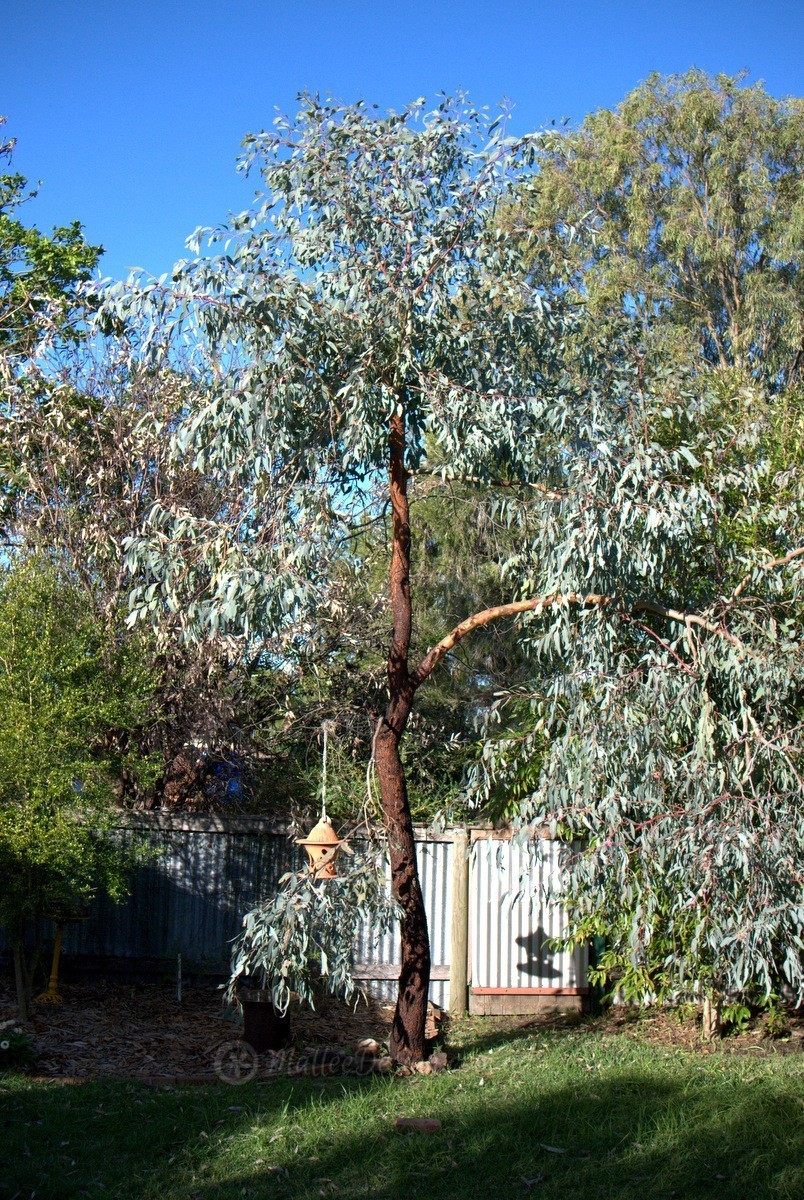
The image above is taken of one species that was planted 4-5 years ago, it has a gentle weeping habit and gets covered in tiny pink flowers in winter, these can range in colour from deep red through to lighter shades of pinks.
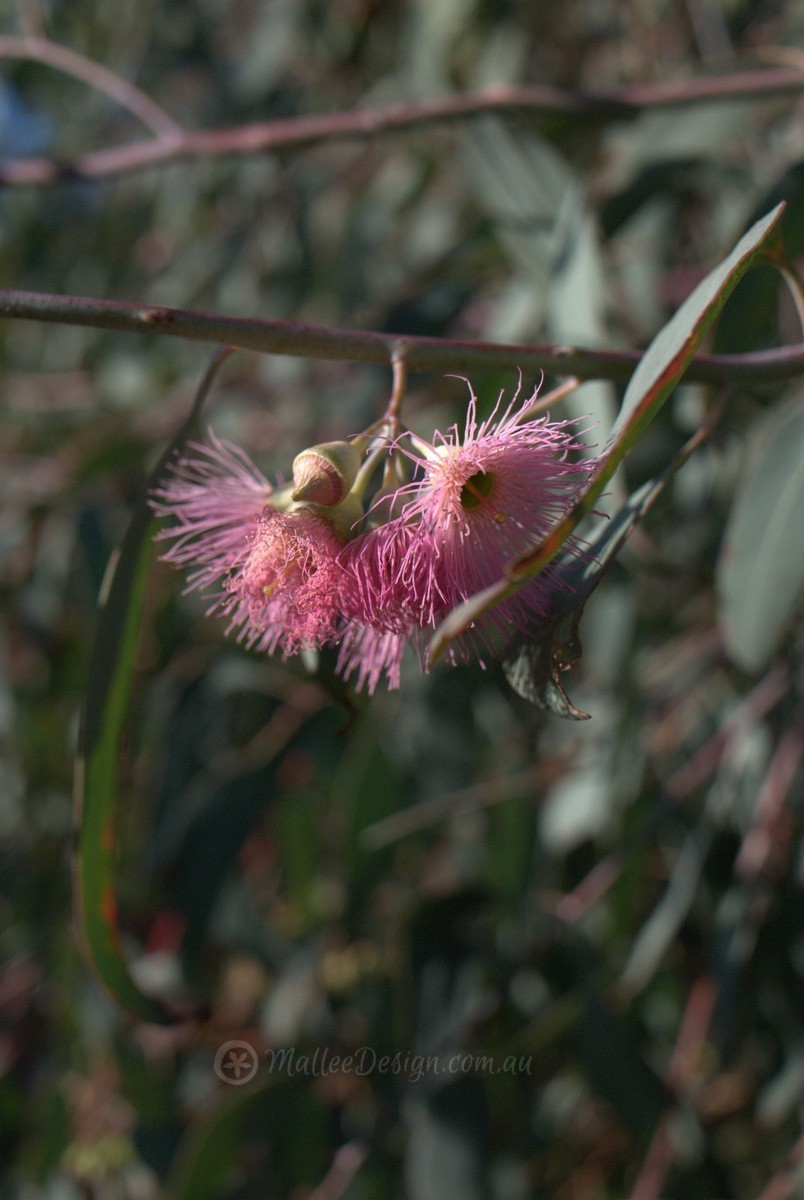
The flowers burst out of diamond shaped buds, the contrast between foliage colour, stem and flower in the below photo is part of the beauty of this tree.
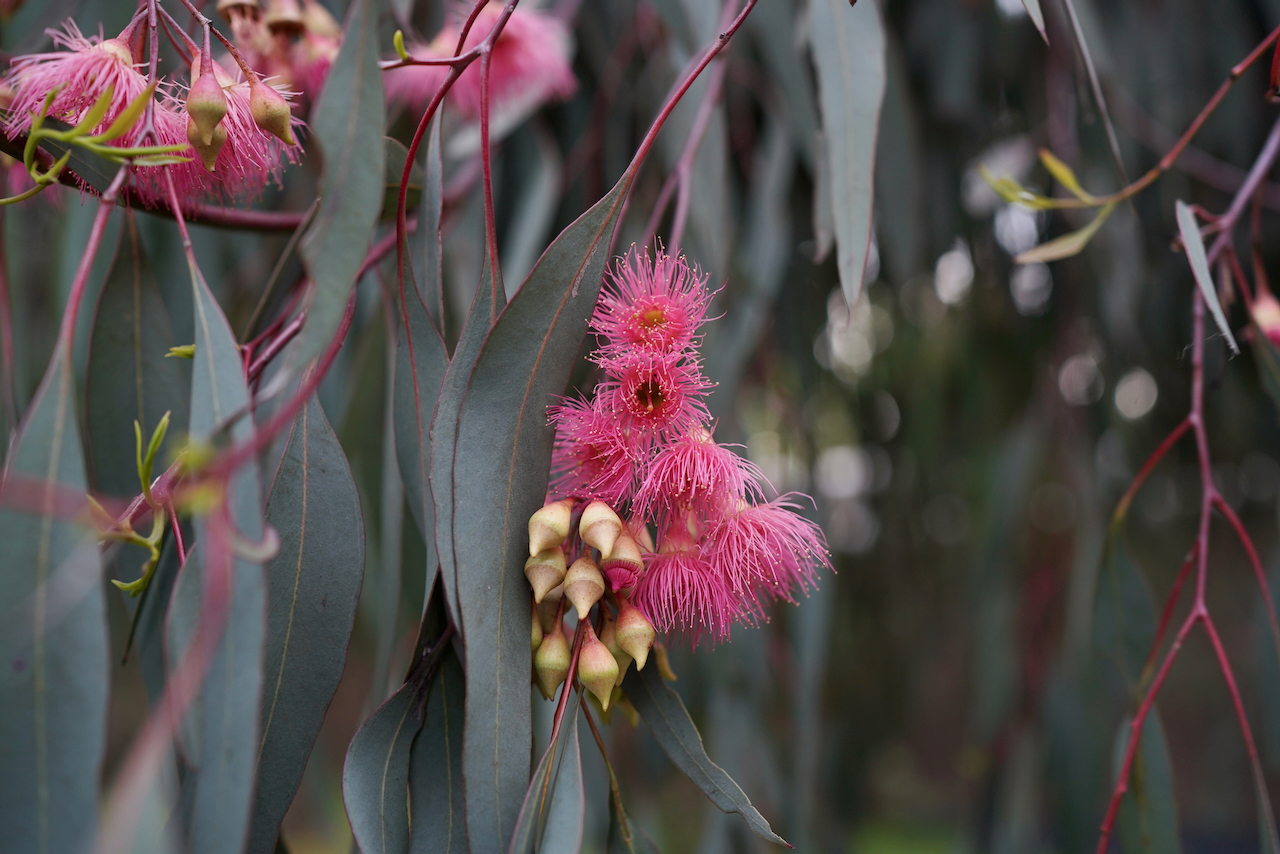
The bark is a typical Iron Bark, thick and deeply furrowed from dark brown through to almost black, it contrasts nicely with the grey green foliage and does not shed.
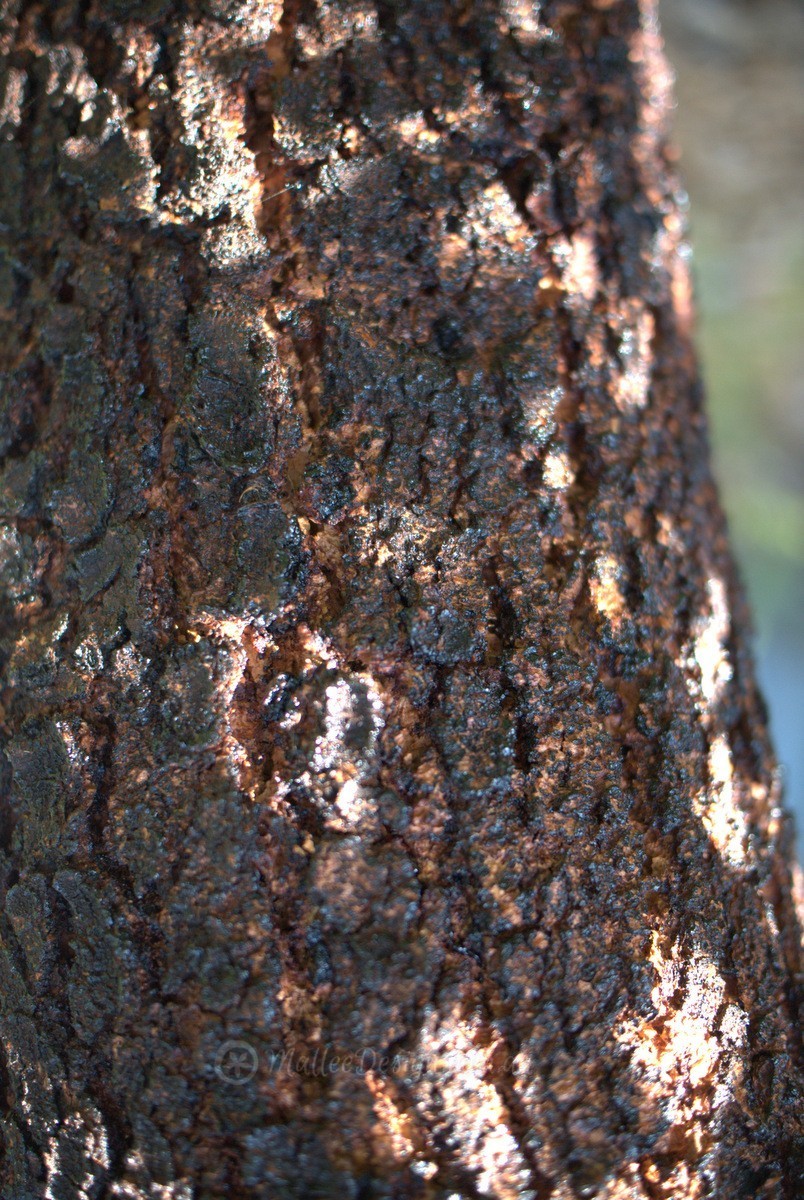
Eucalyptus sideroxylon Rosea grows to about 10metres in height and 3 -4 metres wide, it makes a great screening tree and is an important redflowering species for bees and birds in winter. Honeyeater, lorikeet, parrot, thornbill, treecreeper and pardalote species are all attracted to this plant demonstrating its wonderful birdlife value. The Musk and Purple-crowned Lorikeets in particular adore the Eucalypt’s nectar.
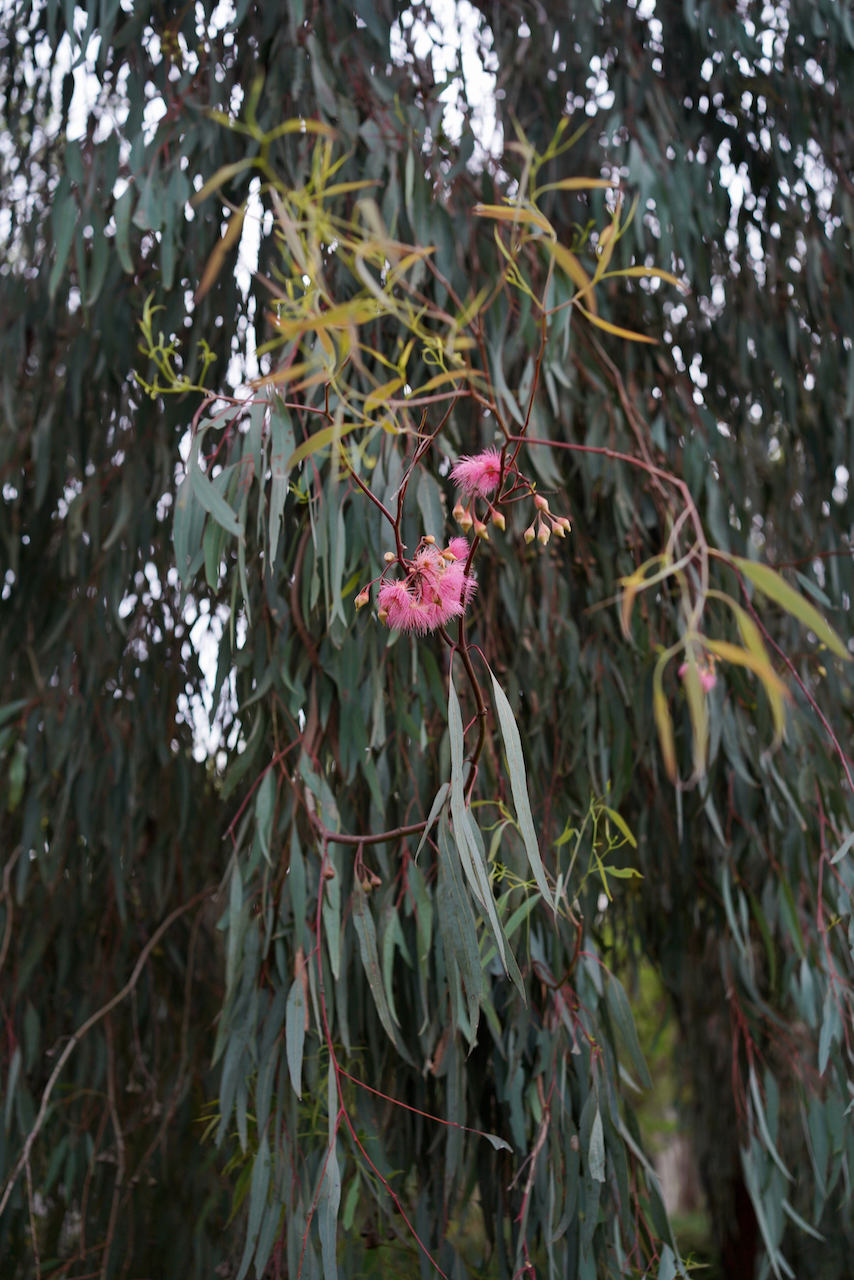
Also great as a wind break, shade tree, roadside planting, rural and large gardens and parks. Once established is drought tolerant, can handle light frost and is said to be smog tolerant.

I like to see it planted where its grey green leaves can contrast with other greens around it, and positioned so you can see its beautiful trunk. It makes a good street tree for nature strips not under power lines and would also screen well for privacy for double storey houses and apartments.
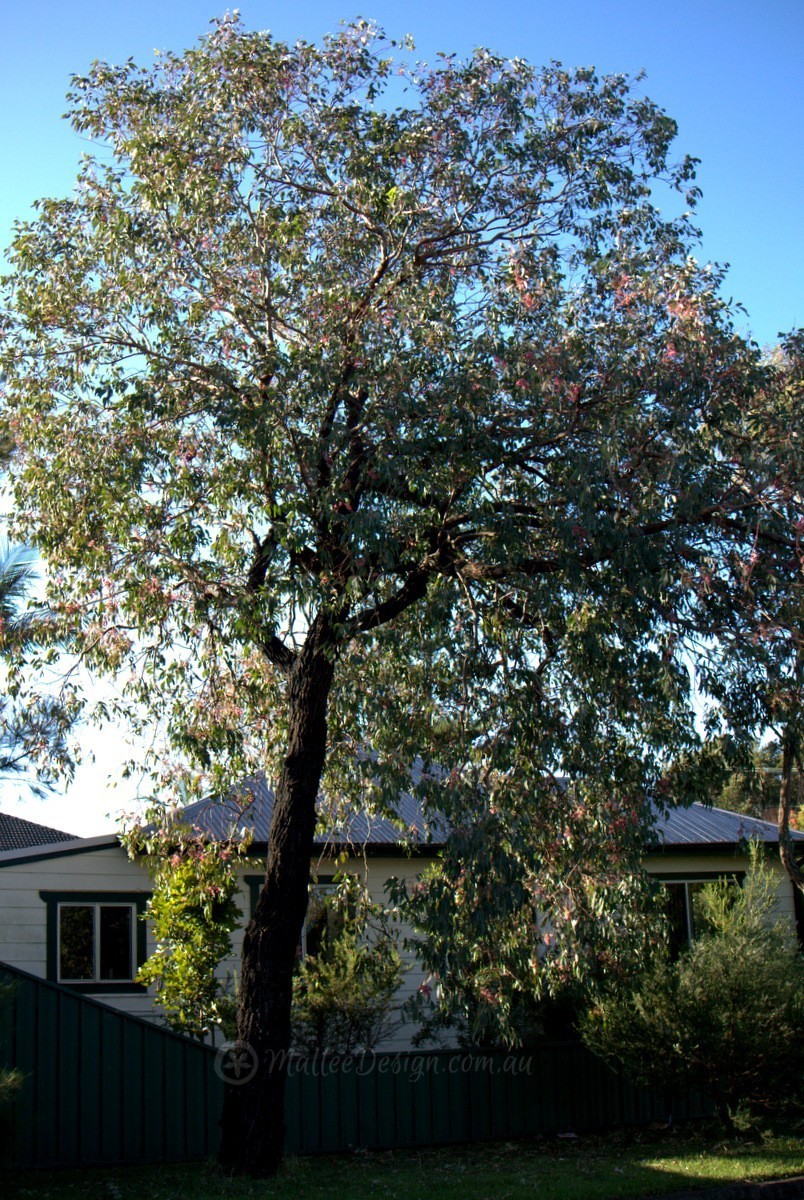

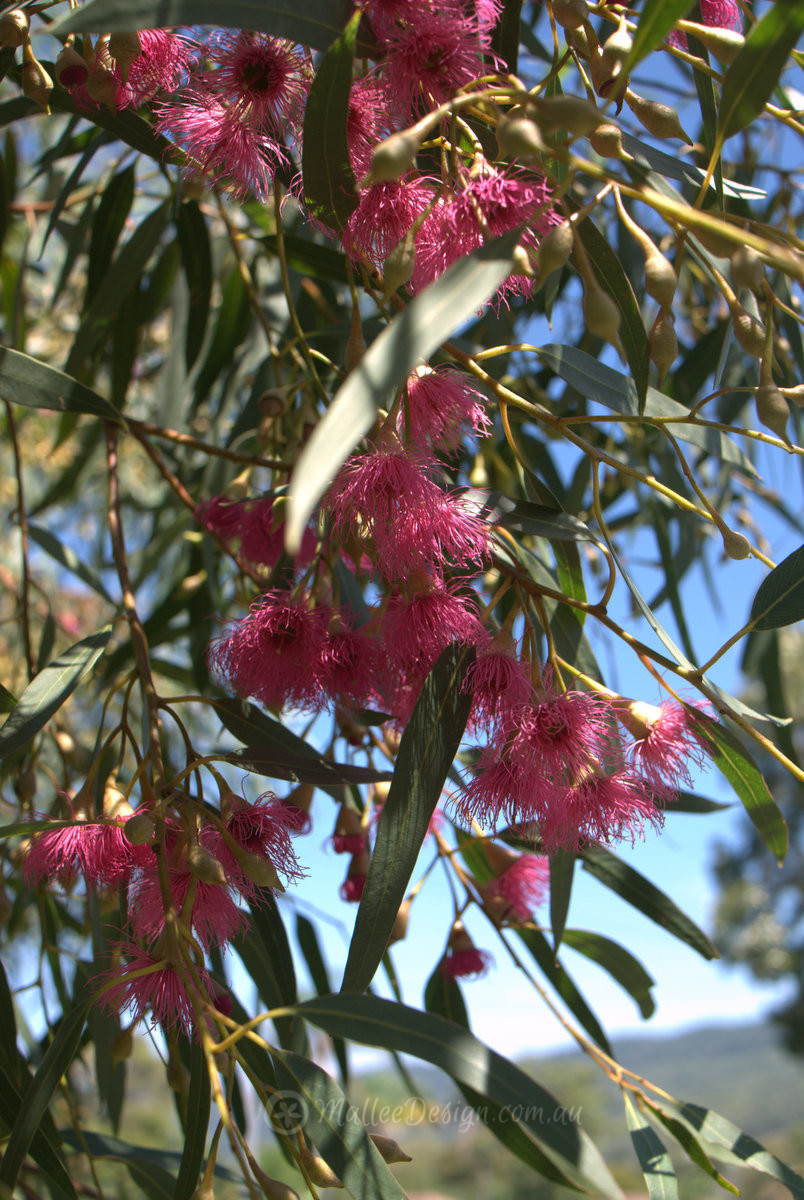
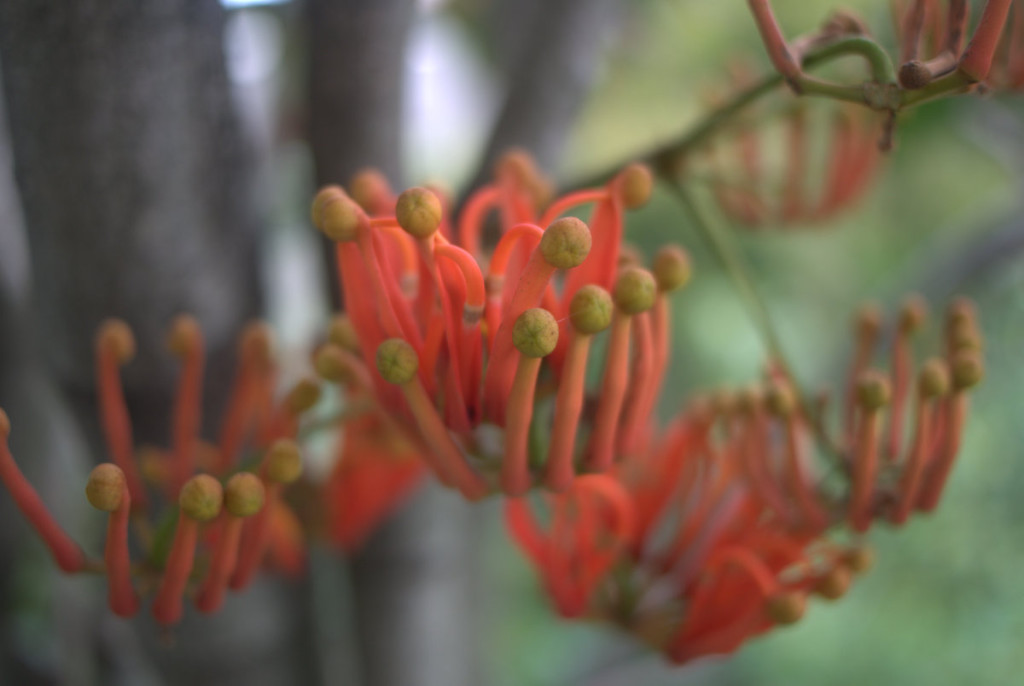


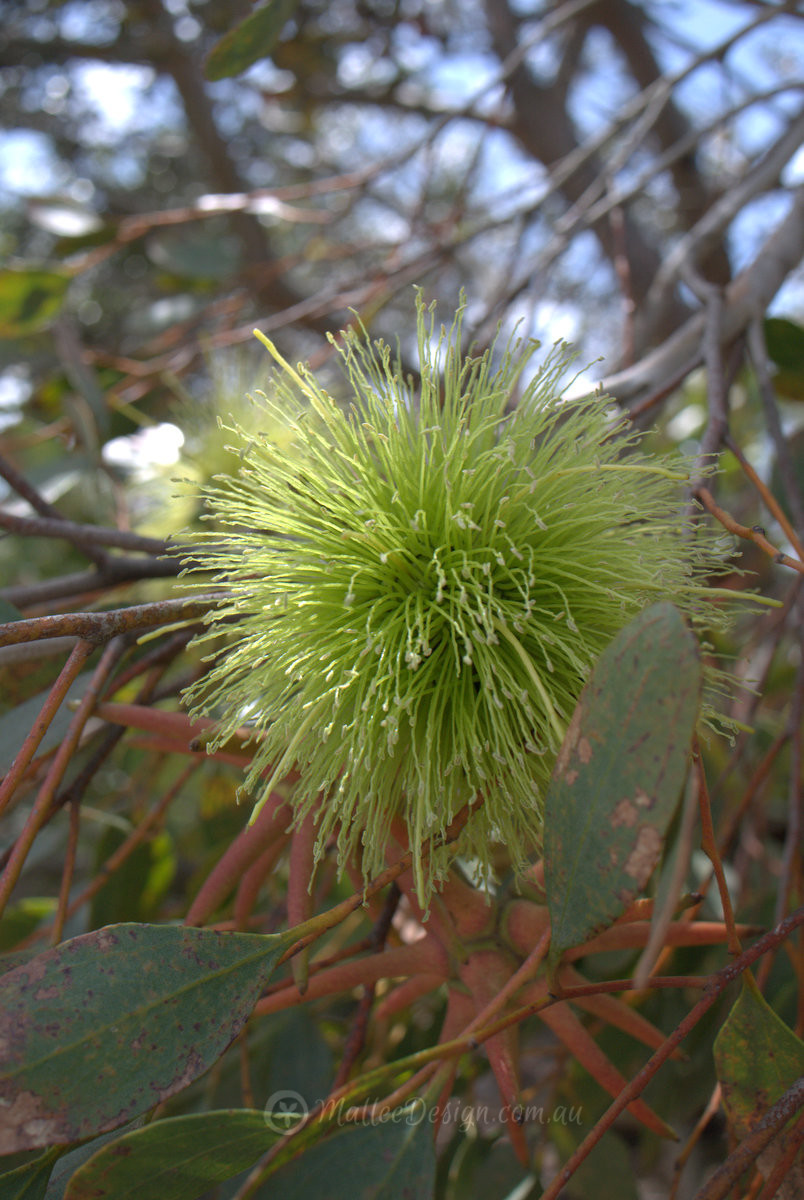
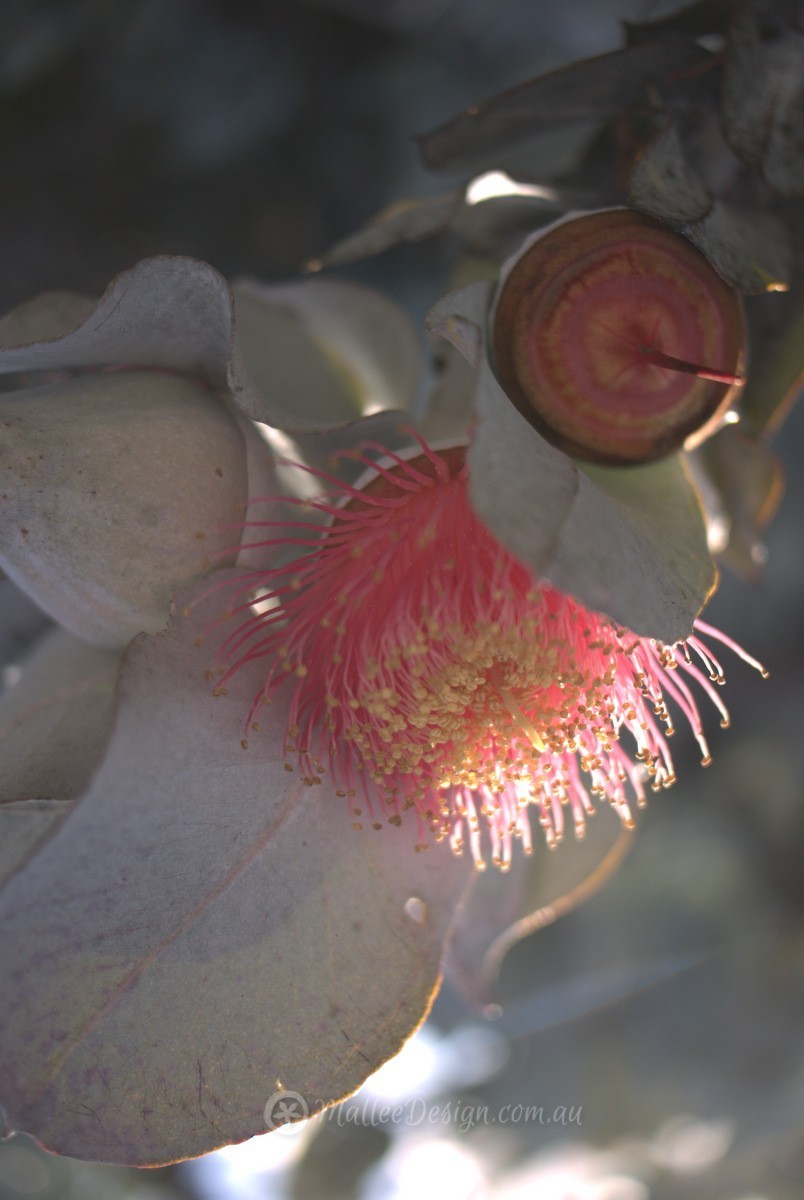
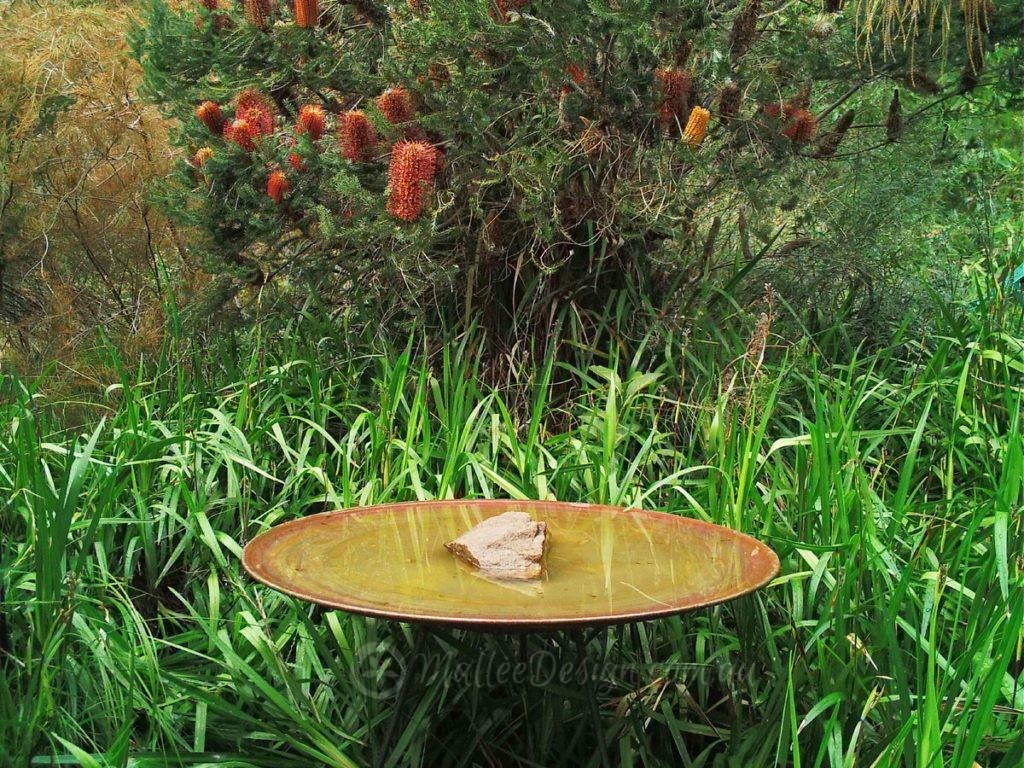
Leave a Reply